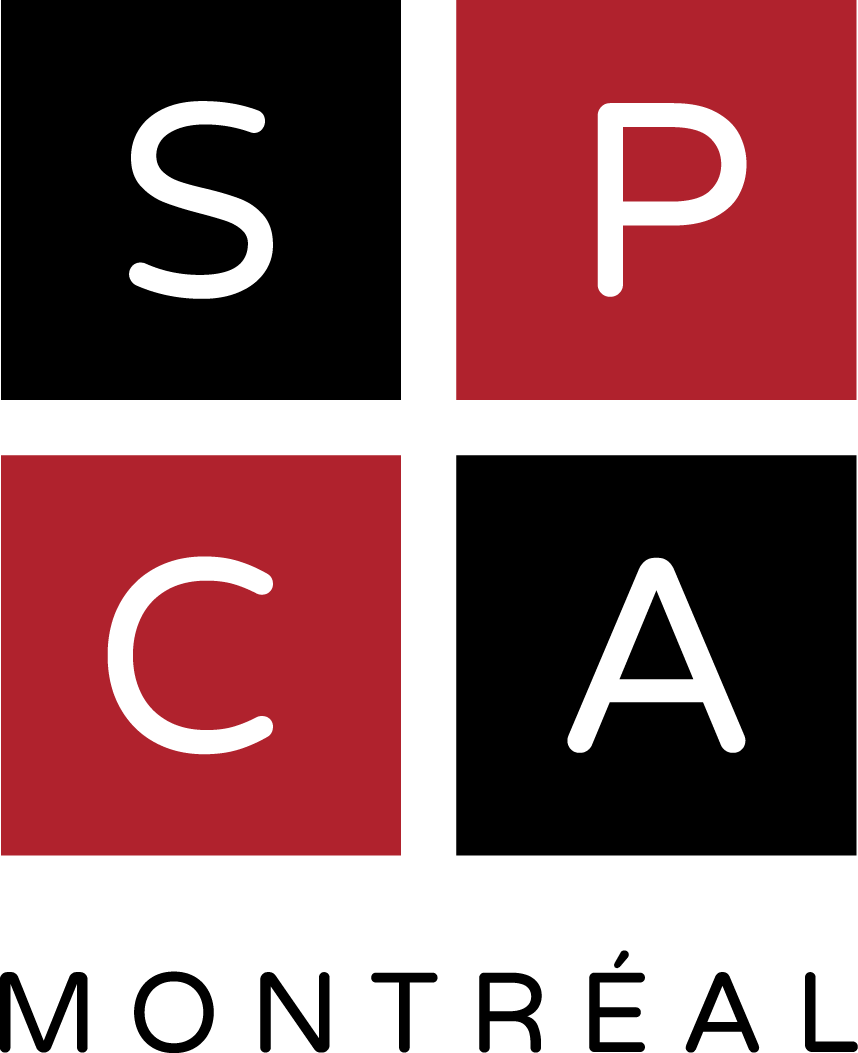We’ve all met a dog that’s very sweet, but excited to the point they can become annoying and difficult to contain. Certain dogs are also impatient and can react strongly when they don’t have access to what they want. As well as being a puzzle for guardians daily, this can also become stressful for visitors. However, you can teach your companion that remaining calm can be very beneficial. How? By teaching them to control their own excitement without you having to ask them to. Teaching your dog self-control will allow them to measure and reflect on their actions.
The following recommended games won’t completely solve your dog’s issues with being overly excited, but they can contribute to the development of a more harmonious relationship between you and your pup by reinforcing good behaviours.
Hidden treat
This game also known as “opened hand, closed hand” is often used by Animal Behaviorists because it’s easy to teach to both humans and dogs.
Start by hiding a treat in your fist, which you’ll show your dog. They’ll start by chewing, licking or scratching your hand to attempt to open it. Be patient and hold your ground. You must not speak to the dog and, especially, not tell them “no”. The idea is to wait until the dog calms down on their own and understands that it’s useless to make a scene to get what they want. As soon as they turn around or divert their attention from your hand, say “yes” to mark this good behaviour and open your hand to let them have the treat. Instead of saying “yes”, you can also use a clicker if the animal is used to this tool. Repeat this game often, until your pup no longer tries to chew, scratch or open your fist.
You can also put the treat on the floor and cover it with your hand to protect it for as long as your pup doesn’t calm down. As soon as they divert their attention or stop trying to remove your hand from on top of the treat, mark this good behaviour and let them eat the treat.
You can push this exercise even further by determining a certain amount of calm time required before freeing the treat. Start progressively and don’t place the bar too high. Start by requiring 2 or 3 seconds of calmness, then increase it to 5 seconds, and after a few tries, try 10 seconds before marking the behaviour and giving the treat.
It pays to ignore!
Another interesting game is to try passing with your animal near a toy or a distraction while ignoring it. This game is very useful to favour self-control during walks, but it can also be played inside the house.
Put your dog’s harness on and hold their leash safely, then bring them into a room where you placed a toy or a distraction on the ground. The goal is to bring your dog close to the distraction so they see it, but can’t take it. Your pup will look at the toy or even pull on the leash a little to go get it. If they get excited, it means the exercise might be too difficult for them; you should then increase the distance between your animal and the distraction to ensure your dog’s success.
If you’re at the correct distance, your pup will quickly understand that they can’t access the object and will look elsewhere or will stop pulling you in this direction. Say “yes” and reward your friend with a treat. Leave the room and go back to it several times, repeating the exercise. You can switch the toy every day to change the game and generalise the animal’s behaviour.
After a few days or training, you should be able to progressively close the distance between your animal and the toy. The goal is to teach your pup that ignoring distractions around them when they’re wearing their leash and harness, rather than pulling to reach the toy, can be rewarding.
Rope pull
Even though the rope pull had a bad reputation for a long time, it’s a cooperative game that can be very useful that, if taught properly, allows our dogs to express several natural behaviours.
Several toys can be used for the rope pull, but the ideal toy should be about 40 to 60 cm long and made of resistant material. If the toy is too short, your pup might catch your fingers by mistake! The three rules of this game are as follows:
1. Your dog can’t take the object with which to pull without your permission.
To do so, pick a clear command to initiate each game. If your dog tends to jump or advance toward the toy before your signal, hide the toy immediately behind your back or high up to prevent your dog from reaching it. It’s useless to say “no” to your dog. Take a break from the game and start over later, when they’ll be calmer. With time, your companion will understand that their haste is what causes the game to stop, and that their calm attitude will initiate the game with you.
2. Your dog can’t take any other object that the one you designated (for instance, your hand or your clothes).
If your dog catches your hand or clothes by mistake, stop the game immediately. Since they want to keep playing, removing this pleasure is a consequence to them and they won’t tend to reproduce this behaviour in the future.
3. Your dog must release the object upon command.
A good way of teaching the dog to release an object is to say the command (for instance, “give”), to drop the toy immediately to stop pulling it and place a treat under their nose. The dog will quickly understand that this word means they’ll receive a treat and will tend to release the toy when they hear it. You can then progressively increase the duration between the command and the treat and, ultimately, returning to the game (with the initiation command you chose at step 1) with a treat for having let go of the toy.
Try not to excite your dog when you start playing the game. Limit the duration of the game and the movements you make to ensure your dog stays calm, especially if they already had trouble with self-control. With time, they’ll learn to better control their excitement; you can have fun for longer with them and pull with more energy on the toy.
— Amélie Martel, CPDT-KA





